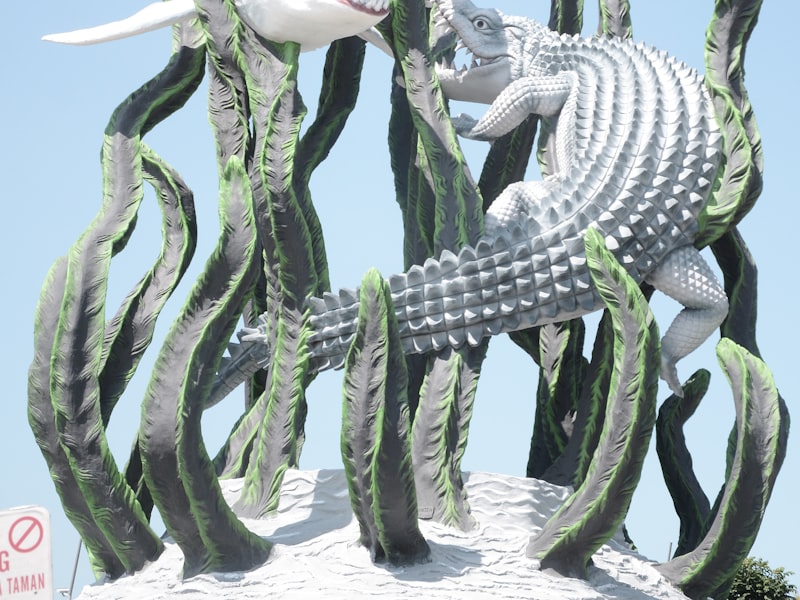How to Make Espresso Machine Coffee
An espresso machine can produce a delicious cup of coffee, but it requires some extra set-up and upkeep than a standard drip coffee maker. It also requires that you grind and tap your own beans.
The most important ingredient in making espresso is pressure. Here's how an espresso machine operates: a heating device is used to heat water to a suitable temperature, then it pushes it through the grounds before pouring out the spouts.
Temperature
Espresso is created by forcing hot water, under pressure, through finely ground coffee beans. The temperature of water is crucial to the final shot. Low temperatures lead to under extraction of the essential flavor compounds. Temperatures that are too high can result in excessive extraction, which could result in a bitter or burned taste.
The ideal temperature range for espresso is 195-205degF. This temperature is achieved by using a group head designed to ensure the same temperature and stability throughout the brewing process. The E61 is the most sought-after group head because it provides the ability to stabilize temperature, pre-infusion, and lever control.
When making adjustments to the espresso machine for different roasts and brew ratios, it is important to consider the impact of temperature on the extraction yield and crema. The ideal temperature will differ depending on the bean and roast. However generally speaking, it is believed that lighter roasts with higher brew rates require higher temperatures. In compact espresso machine , a high thermocouple that is of high-quality will be crucial to maintaining a consistent temperature.
Pressure
In the process of brewing, espresso machine coffee is pushed through finely ground coffee grounds that have been removed. This causes chemical reactions to extract flavors, oils and other soluble components. The drink that is produced is typically richer and more flavorful.
The ideal espresso machine's pressure is nine bars of pressure, that's the same as the atmospheric pressure at sea level. This is because it's at this level that the soluble compounds of espresso are the easiest to extract.
However, some espresso machines may advertise as high as 20 or 15 bars of pressure. While these machines may attain these levels of pressure but they might not be capable of maintaining that level of pressure throughout the extraction.
One bar of pressure equals to 32 pounds per square inch (PSI) of the tire of a car. It's nearly four times the pressure that a professional cyclist applies to their bicycle tires. Any serious home barista has to be able manage the pressure of their espresso machine and produce consistent espressos.
Water
The water you use in your espresso maker is one of the most crucial elements that make a good cup coffee. The right water can aid your beans in achieving their full potential. However, the wrong water can lead to issues such as blocked pipes or even harm your expensive espresso machine.
For the best extraction of espresso make sure you choose an organic spring with a high mineral content. This water will enhance the taste of your espresso without the chalky mineral trace that is found in tap or bottled water. This is an excellent alternative to distillation or reverse osmosis water, that can be too pure and cause issues with flavor.
It is not recommended to utilize a water filtration device that removes the mineral content of your tap water. This can result in flavor and extraction problems. Purchase a water testing kit to determine the average hardness of your local water. This information can be used to identify the correct filtration system to your espresso machine.
Beans
Most coffee drinkers tend to be involved throughout the process of making espresso. They obsess about a number variables, like temperature, pressure in the water and viscosity. If one of the variables is not working, even a little the whole shot may taste bad.
The most important factor in the matter of espresso is the beans used. Many believe that certain kinds are suitable for espresso. While certain beans are suitable for certain uses however, any coffee bean that has been roasted can be used to make espresso. Espresso beans are roasted for longer than regular coffee beans, and tipycally beyond the second crack. This gives them a darker appearance and makes them more water-soluble.
The best beans for espresso are generally medium roasted or dark roasted. This gives the espresso shots their distinctive richness and boldness. However, it's possible to make excellent espresso using light roast beans, particularly if these beans are ground (for convenience in an espresso machine).
Milk
Espresso and milk is a classic combination. The combination of espresso and milk is a classic. It does not only increase energy levels but it also balances the bitterness of the espresso. There aren't many culinary pairings more perfect than this one!
If you decide to get an espresso machine that can also create cappuccino or latte make sure to consider how easy it is to use. A majority of the top espresso machines come with a jug for hot or cold milk, as well as a steam wand. They also have a portafilter for pulling the shot. Certain models also come with an integrated grinder as well as a tamper and a frother.
To remove any condensed water the steam wand has to be cleaned every day prior to use (or after every cup of espresso). This process is only 30 seconds, but it is vital to keep your machine running smoothly. If you don't flush the system, it could cause bitter taste and/or accumulation of bacteria that could alter the taste or smell of your beverage. It's not difficult to do and should be part of your regular maintenance routine.

